5 ways to get your product into consumers' healthy routines
by: Sarah Kneebone
Healthy daily routines are certainly a big part of today’s wellness movement but are people all talk, or are they really putting these concepts into practice?
In this blog post, we’re exploring the growth of healthy lifestyles in Australia, the evolving definition of health and tips on how large FMCG brands can become part of consumers’ daily routines - ‘cause it’d be great if we could all be indispensable, right?
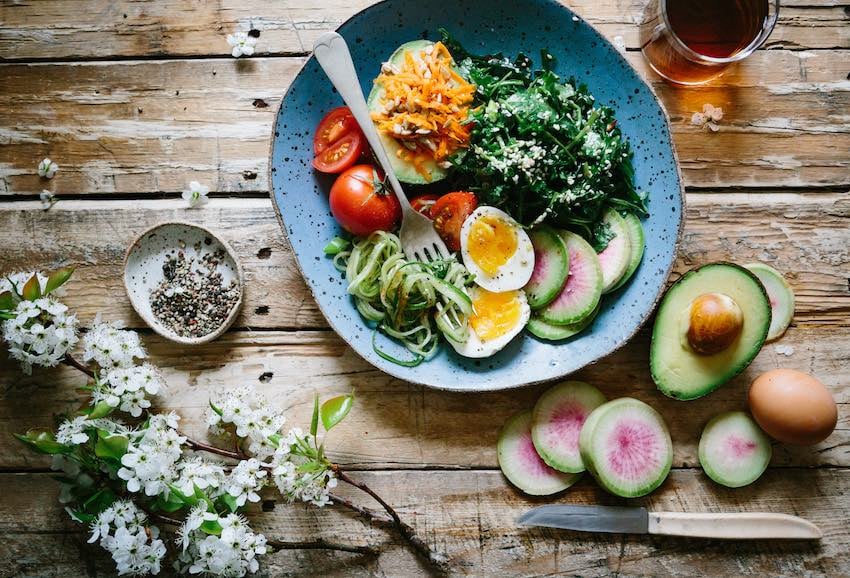 The growth of healthy lifestyles in Australia.
The growth of healthy lifestyles in Australia.
We’ve all read our fair share of articles talking about how people the world over are adopting healthier lifestyles, but it’s not been until recently that behaviour has truly started to shift.
“For years, consumers said that they wanted to eat healthier foods and live healthier lifestyles, but their behaviour did not change—until now. Consumers are eating differently, redefining what healthy means, and demanding more products that are natural, green, organic and/or free from sugar, gluten, pesticides, and other additives.”
(McKinsey)
Something we see time and time again in research is that there can be a BIG difference between what people say and what they do. So, we decided to Google the things we’re interested in and want to buy or try.
Firstly, we looked at Google’s Year in Search 2017 - Australia. Interestingly, it turns out that the “What is…?” search with the biggest spike since the year before (2016) was “What is MSG?”; clearly highlighting an increased focus on health. In at number 3 was “What is kimchi?”’; a reflection of the growing interest around gut health and fermented foods.
When looking at the search term “meditation” over the last 5 years, you can see below that it reached peak popularity in 2018 and this has been growing since 2013. Google also tracks queries related to keywords and, for “meditation”, the top entry was “meditation apps free”. These examples demonstrate how consumers are looking to build mindfulness practices into their everyday routines.
Look at kombucha go!
Then if we look at the healthy diets which are all the rage at the moment - check out Keto!
The evolving definition of health.
Although focusing on our health is nothing new, our definition of what constitutes a healthy life has changed over time. It has moved from “pop a pill” style treatment towards more long-term, sustainable practices.
“In the past, health was about fixing sickness and very much driven by doctors and health authorities. Then it went into ‘wellness,’ which was about being balanced and living well. Now, health is about status and self-enrichment.”
- Alison Earl, strategy director at Burns Group.
Being healthy is no longer about restricting calories and slogging away at a crash diet but instead using food as individualised, medicinal nourishment. This healthier relationship with food provides the opportunity for rebuilding community, family time and connection in our increasingly disconnected world.

We live in a time where healthy is cool. Insta influencers like Kayla Itsines have built their brand on showing off every single aspect of their healthy lives, from smoothies to workouts and everything in between.
Former "niche" ways of eating, like veganism, have exploded into the mainstream. They have moved away from being demonised as preachy, serious or weird to being seen as socially progressive, experimental and creative (just look at the menu in a vegan cafe, it’s pretty artistic stuff!).
So, how can large FMCGs connect with the rapidly evolving health conscious consumers of today and become part of their daily routines? Let’s talk tips.
1. Premium niches.
Consumers expect health and wellness to be a personal journey.
So, in a time when mass doesn’t cut it, we need to achieve mass personalisation at scale. Should we be considering a portfolio of niche brands rather than simply focusing on volume and value?
“…rather than fearing the complexity that comes with creating and marketing a wider variety of brands and products, they [FMCGs] need to embrace it strategically. In a fragmenting world, the ability to serve a wide range of demand effectively and efficiently can be a competitive advantage.”
- Boston Consulting Group.
This can be achieved by leveraging consumer insights as well as building internal capability and agility.
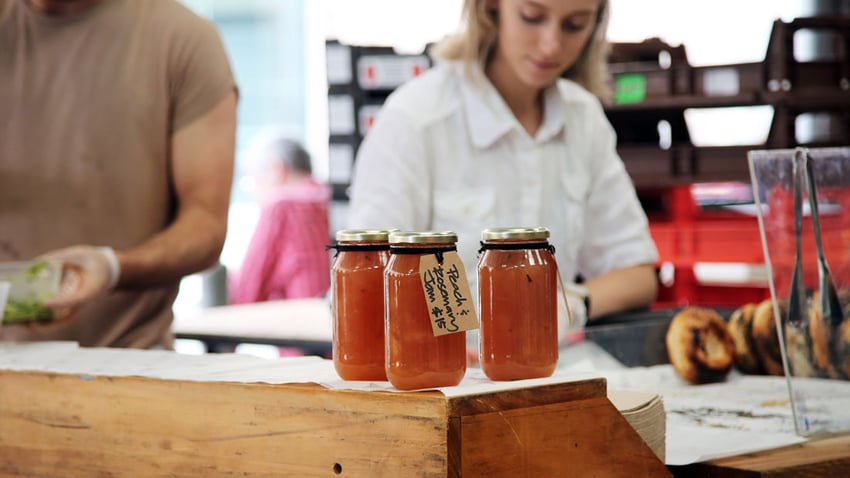
2. Fail fast, learn lots, win big!
At PLAY, we’re big fans of the "fail fast, learn lots, win big" approach. In today’s rapidly evolving technological and consumer landscape it is vital to take this kind of approach to innovation in order to keep up with nimble niche players.
The idea here is to de-risk ideas by prototyping, getting feedback from consumers and learning from this in order to iterate rapidly. This means you’ll be able to keep your brand in the hands of consumers as their routines evolve over time.
“FMCGs will need to increase their pace of testing and innovating and adopt a “now, new, next” approach to ensure that they have a pipeline of sales-stimulating incremental innovation (now), efforts trained on breakthrough innovation (new), and true game changers (next).”
- McKinsey.
3. Build meaningful connection with shared values.
Authenticity is becoming harder and harder to fake. Today, companies need to put their money where their mouth is, as consumers increasingly do their research into ethical practices, social and environmental initiatives and a brand’s humble backstory.
More than this though - consumers spend their money on products which help them to self actualise and feel like they’re "doing their bit".
“Traditional drivers such as price, taste and convenience remain important in their buying decisions, but new evolving drivers such as social impact, health and wellness, safety and experience have emerged to the forefront.”
- Deloitte.
Consumers are looking for support to make healthy, ethical decisions, without sacrificing quality or luxury. They are looking beyond the label to brand values and production practices. This means the entire experience must be considered holistically - every sense and touchpoint.
“This is especially relevant in the food and beverage sector, where products have a direct impact on the health and wellbeing of the consumer and the environment. Food is a highly emotive category; imagine the power that could be unlocked if brands became truly emotionally connected to their consumer based on shared values.”
- Deloitte.

4. Collaborate with other brands.
Well, in this instance collaboration can work wonders for your brand - helping to fill in the gaps you haven’t yet mastered in the health and wellness space, as well as broadening your range of potential customers. Plus, don’t forget the halo effect of being connected to a well-loved brand.
Advertising Week recently shared a couple of great examples: Kellogg’s are keeping up with the times by partnering with MyFitnessPal, Nectar and body image experts Body Positive, in a bid to provide consumers with app tools to help them stay healthy and track their food consumption.
This one is outside of FMCG, but IKEA has also partnered with Adidas to in order to better understand what wellness means to different types of people and how their living space comes into this.
“Exploring how they can adapt to help create healthy habits aims to continue the Scandi homeware brand’s ‘wonderful everyday’ proposition, but from an entirely new perspective, building positive association and opening up new storytelling opportunities.”
- Advertising Week.

5. Act now.
The main thing to take away here (and I’m talking takeaway sushi and salad bowls not burgers, of course) is that big business must not only be aware of these trends and changes but also act on them pronto.
Yes, it feels risky but it’s also risky to be left behind whilst consumers opt for wholesome, progressive and innovative niche brands.
It’s tricky because we don’t know which consumer behaviours, preferences and healthy habits will stick but, to stay alive, the industry has got to make like the little guys and quickly tap into underserved needs.
Sure, we don’t know how long vegan organic probiotic ice cream will be a thing, but if right now it IS then how can you adapt to keep up with evolving consumer demands?
A good starting point is continuing to invest in and build efficient innovation processes, sustainable production practices and a collaborative network that enables you to make the right PLAY.
Over to you.
Hungry for more? If you would like to find out more about how PLAY help you just get in touch on
02 8097 0200 or hello@playmr.com.au.
read it, love it, share it.
about the author
Sarah Kneebone
Sarah is PLAY’s go-to content writer with a passion for marrying creativity and communication with clever strategy. A former marketer with PLAY and for international brands such as QBE Insurance and General Motors, Sarah moved home to the UK to raise her little family and start a health coaching business. Luckily for us, she continues to share her talent for the written word with the team in Australia.


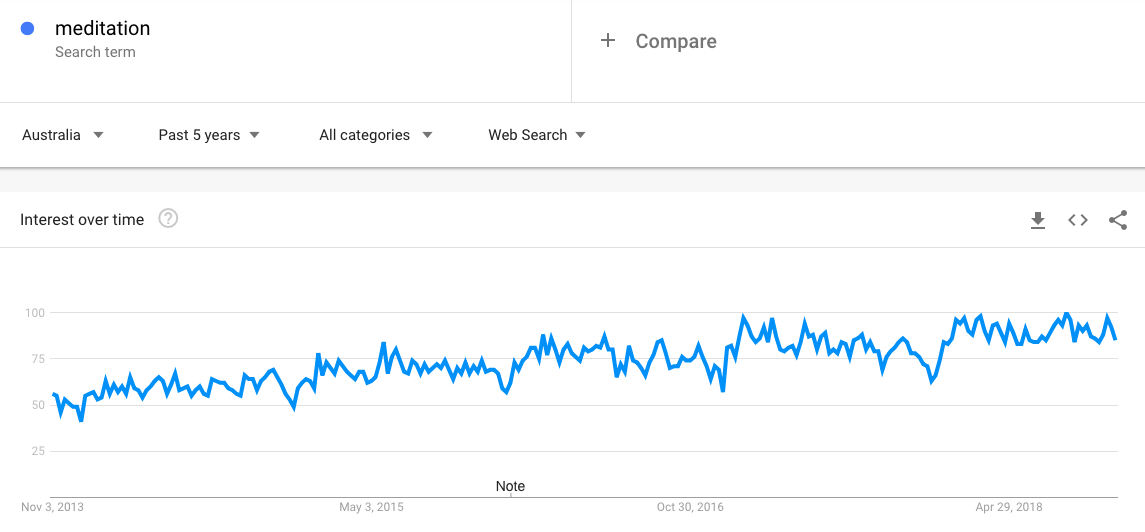
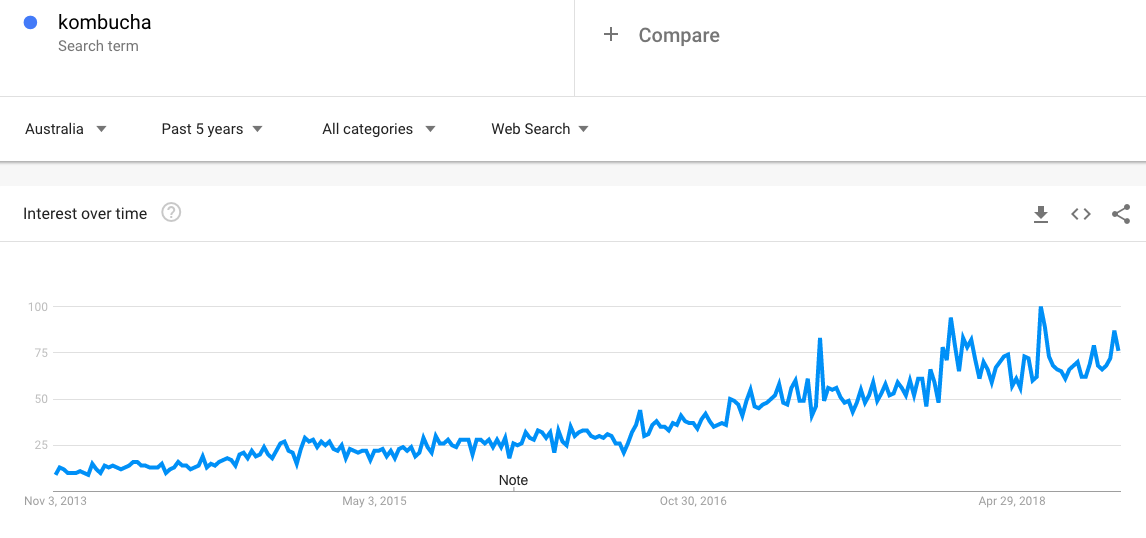
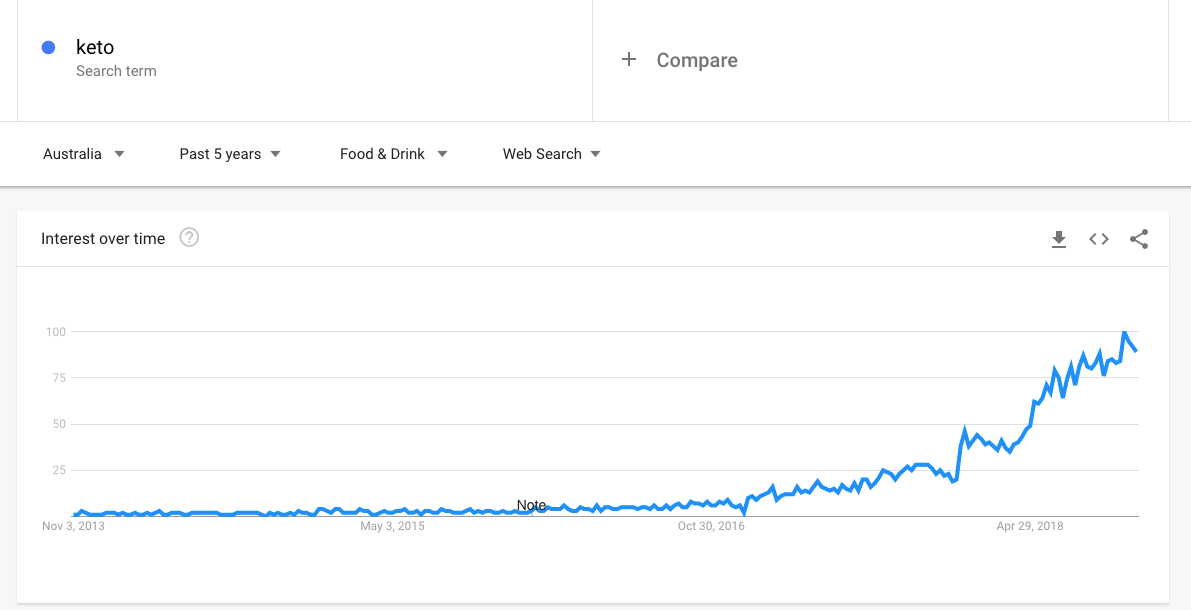

ask the author